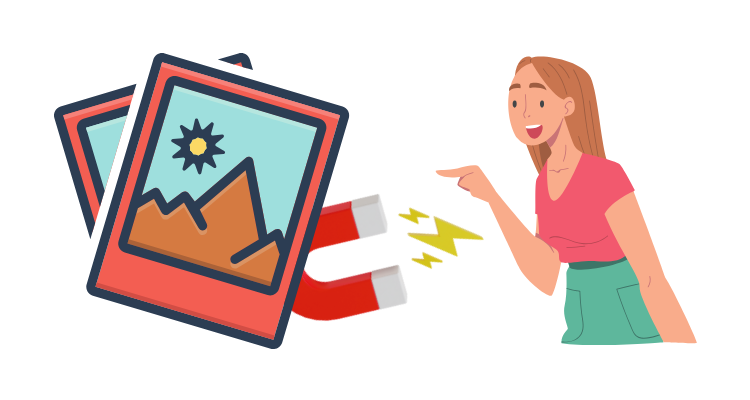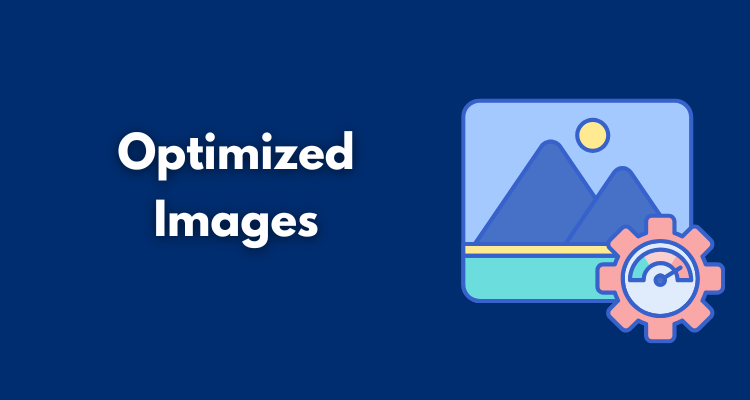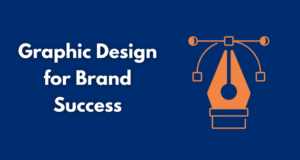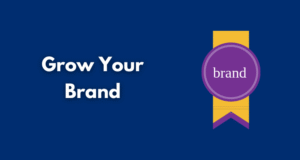You’ve probably seen it happen. A website loads slowly, the pictures stutter in piece by piece, or they finally appear. blurry, stretched, and flat-out disappointing. You’re not alone in clicking away.
We live in a digital world that’s visual first. People expect websites to look sharp, feel modern, and load quickly. Your images aren’t background filler. They’re part of your pitch. Whether you’re running an online store, promoting services, or sharing ideas, your visuals are working hard. If they’re not properly optimized, they could be working against you.
This is about more than aesthetics. It’s about speed, brand credibility, and staying competitive in a fast-moving online landscape.
Table of Contents
ToggleThe Rise of the AI Art Generator

Creating great images used to be a resource-heavy process. Teams hired designers, scoured stock photo sites, or spent hours tweaking visuals in Photoshop. Now, there’s a faster way. The AI art generator has entered the scene and changed how content creators approach design.
With the right tool, all it takes is a short prompt to generate clean, high-resolution images that suit your brand or topic. These visuals are more tailored, less generic, and refreshingly easy to edit. Best of all, they let small teams move faster without cutting corners on quality.
When you combine AI-generated art with smart optimization practices like file compression, responsive sizing, and modern formats, you get a site that looks polished without slowing down. That balance is where real impact happens.
Placeholder Image Generators Simplify Design Flow
A placeholder image generator is a quick, useful tool that helps developers and designers maintain visual structure while a site is still in progress.
It fills gaps with temporary visuals that match your layout’s dimensions, letting you test loading speeds, responsiveness, and overall aesthetics before the final images are ready.
These tools are especially handy when working with wireframes, mockups, or during content sprints—keeping the workflow smooth without pausing for final visuals. Plus, placeholder images ensure design consistency early, reducing last-minute layout fixes later.
People Notice Visuals First

The second your site loads, visitors are already forming opinions. Before reading a single word, they notice layout, spacing, and most of all, images. A poorly cropped photo or an awkward banner can instantly weaken trust.
Clean, fast-loading visuals show you care about presentation. They don’t just look good. They communicate professionalism, attention to detail, and consistency. On the flip side, sloppy visuals tell a different story that might turn users away before you’ve even said hello.
That first impression often decides whether someone stays or bounces. You rarely get a second chance.
Page Speed Is a Deal-Breaker
If your pages take too long to load, you’re not just annoying users. You’re losing them. Google tracks page performance, and slow sites take a hit in search rankings. Images are one of the most common reasons websites lag.
Heavy, uncompressed files drag things down. Switching to formats like WebP, applying image compression, and using lazy loading for visuals below the fold can help pages load faster without sacrificing clarity.
Speed isn’t just a technical metric. It’s tied to how users experience your brand. And that experience influences whether they buy, subscribe, or return.
Mobile Users Want Visuals That Work
More than half of all internet traffic now comes from mobile. That’s a huge chunk of your audience. And yet, many sites still serve desktop-sized images to smartphones. It’s no surprise that things load slowly or display poorly.
Responsive image design solves that. It means delivering the right size at the right time, whether it’s a phone, tablet, or desktop. Combined with cropping and compression, responsive images look good and load fast on every screen.
If your mobile experience feels sluggish or broken, users won’t wait around. They’ll go somewhere else. Possibly to a competitor who delivers a better visual experience.
Visual Consistency Builds Brand Confidence
Your images don’t have to be fancy. But they should match. A strong visual identity uses consistent colors, styles, and tone. If one page is sleek and branded while another looks patched together from random stock, it creates friction.
Optimized, intentional imagery helps you stay visually aligned. Whether you’re creating banners, product shots, or blog graphics, keeping things cohesive reinforces your brand. And people remember brands that feel well put together.
AI tools also help here. They can be trained to generate content that follows your visual style, giving you more control without doubling your workload. That kind of consistency makes your business appear more trustworthy, more established, and more worth sticking with.
Think about big brands you recognize instantly, such as Nike, Apple, or Airbnb. Their visuals are seamless, from mobile apps to landing pages. That’s not by accident. It’s deliberate, and your site should aim for the same clarity and cohesion, even if you’re a solo founder or small team.
Over time, visual alignment strengthens customer loyalty. Visitors feel like they know what to expect, and that familiarity makes them more comfortable clicking, sharing, or purchasing. Strong visuals create a subtle sense of rhythm throughout your content.
Accessibility Counts and Optimized Images Help
Good image strategy supports everyone, not just people with perfect eyesight on fast devices. Alternative text, readable contrast, and smart layout choices all help users with disabilities navigate and enjoy your site.
Optimization plays a big role here. Smaller files load more quickly, labels help screen readers, and clean visuals make your content easier to follow. It’s not just about compliance. It’s about reaching more people and making everyone feel included.
Accessible sites are better sites. They reflect your brand’s values and show you’ve thought beyond just the majority. That inclusivity can become a brand differentiator, especially for companies that want to be seen as people-first or community-focused.
Also, let’s not forget cognitive accessibility. Clean layouts, clear visual cues, and image-text relationships all make content easier to understand for users with ADHD, dyslexia, or learning differences. When you design visuals with care, you make your entire site more welcoming. That goodwill builds loyalty and trust.
SEO Isn’t Just About Words Anymore
Images can improve or harm your search performance. Unoptimized ones slow you down. Properly handled visuals, on the other hand, boost your visibility.
Google looks at filenames, alt text, file size, and more. If you’re using vague titles or skipping alt attributes, you’re missing out on valuable search signals. Clean image SEO means more discoverability across both search and image platforms.
Plus, as Google continues to expand visual search tools, images have become a new entry point for traffic. That’s potential you don’t want to ignore.
Bad Visuals Hurt Conversions
A clunky, slow, or mismatched image can stop someone in their tracks. If you’re selling a product and your photo is pixelated, that’s more than a bad look. It’s a missed sale. People judge what they see, so using tools to unpixelate images can help you present your products clearly and professionally.
Images can help guide behavior. They can showcase your offer, support a message, or drive emotion. But they have to be clear, quick to load, and easy to engage with. Anything less could cause visitors to leave before converting.
Visuals are an active part of your funnel, not decoration. Treat them accordingly.
Conclusion
In 2025 and beyond, websites that ignore visuals won’t just look outdated. They’ll feel broken. Users expect clarity, speed, and visual polish across every screen. And search engines reward those who meet those expectations.
Using tools like an AI image generator makes it easier to produce strong, consistent visuals without stretching your resources thin. But it’s the optimization, the file size, formatting, structure, that brings it all together.
This isn’t about perfection. It’s about meeting modern standards. Images that are fast, accessible, and on-brand don’t just look good. They get results.
So take a moment. Look at your site with fresh eyes. Are your images helping your message land, or are they standing in the way?









